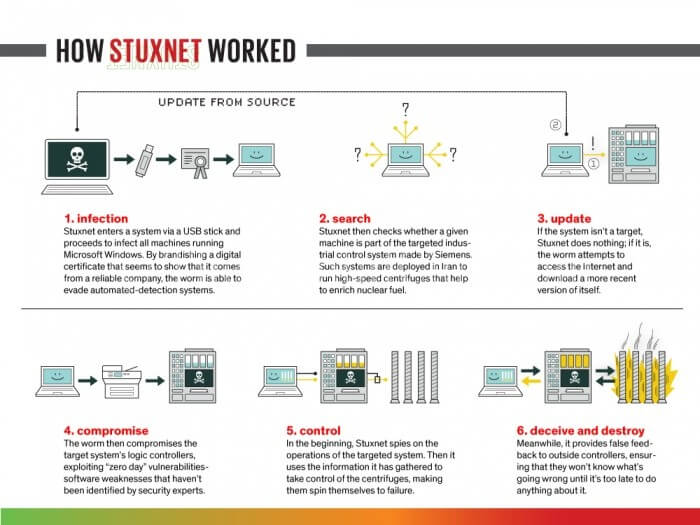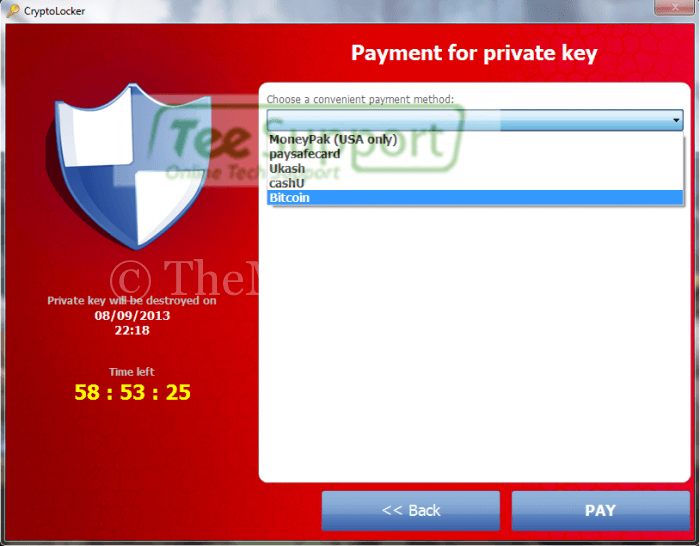Past or present – virus always dangerous. Today I’ll tell you about world’s top 10 devastating computer viruses. More security, more virus. Do you know about a virus? Or what is a virus? Before starting, I want to say you about the virus.
Top 10 Devastating Computer Viruses Until Today
What is Virus?
VIRUS (Vital Information Resource Under Siege) is an unwanted program of the computer which used to destroy programs that we are using. The virus also bread computer system. It can track your activities.
According to Wikipedia: A computer virus is a malware program that, when done, replicates by means of inserting copies of itself (almost certainly modified) into different laptop packages, knowledge records, or the boot sector of the tough pressure; when this replication succeeds, the affected areas are then stated to be “infected”.
According to Webopedia: A PC virus is a software or piece of code that’s loaded onto your laptop without your advantage and runs in opposition to your wants. Viruses may also replicate themselves. All computer viruses are man-made. A simple virus that may make a duplicate of itself, again and again, is reasonably handy to produce. Even this type of easy virus is harmful considering it is going to rapidly use all on hand reminiscence and carry the procedure to a halt. An even more unsafe kind of virus is one in a position of transmitting itself across networks and bypassing safety methods.
Conficker Virus
Conficker is one of the devastating computer viruses. Conficker is also known as “Downup” or “Downcup” which released on 2008. No one does not know clearly – who has created this virus. However, the virus is named after two different countries, different combination of two languages. The word “Conficker” came from the English word “Configure” and Jarman word “Pejorative”. It uses flaws in the Windows OS application and dictionary attacks on administrator passwords to propagate while forming a botnet and has been strangely difficult to counter in view that of its mixed use of many developed malware systems. Which is used for trafficking your data?
This virus invokes anonymously and attacks to all the computers which are connected in the same network.
Stuxnet virus
Stuxnet is a Computer worm that was once discovered in June 2010. It used to be designed to assault industrial programmable logic controllers (PLCs).
Mydoom Virus
Mydoom, also known as W32.MyDoom@mm, Novarg, Mimail.R and Shimgapi is a computer worm affecting Microsoft Windows. It was first sighted on January 26, 2004. It became the fastest-spreading e-mail worm ever (as of January 2004), exceeding previous records set by the Sobig worm and ILOVEYOU.
CryptoLocker Virus
CryptoLocker was a ransomware trojan which targeted computers running Microsoft Windows, believed to have first been posted to the Internet on 5 September 2013. CryptoLocker propagated via infected email attachments, and via an existing botnet; when activated, the malware encrypts certain types of files stored on local and mounted network drives using RSA public-key cryptography, with the private key stored only on the malware’s control servers. The malware then displays a message which offers to decrypt the data if a payment (through either Bitcoin or a pre-paid cash voucher) is made by a stated deadline, and threatened to delete the private key if the deadline passes. If the deadline is not met, the malware offered to decrypt data via an online service provided by the malware’s operators, for a significantly higher price in Bitcoin.
The Storm Worm Virus:
The Storm Worm (dubbed so by the Finnish company F-Secure) is a backdoor Trojan horse that affects computers using Microsoft operating systems, discovered on January 17, 2007.
The Storm Worm began infecting thousands of (mostly private) computers in Europe and the United States on Friday, January 19, 2007, using an e-mail message with a subject line about a recent weather disaster, “230 dead as storm batters Europe”. During the weekend there were six subsequent waves of the attack. As of January 22, 2007, the Storm Worm accounted for 8% of all malware infections globally.
Now Get Rid Of Virus:
- Don’t open an email which came from unverified senders.
- Always use the trusted pen drive. Don’t insert any unknown pen drive or flash drive.
- Do not be attracted to a lucrative online advertising.
- Always use antivirus for security.
Thank you…








































